
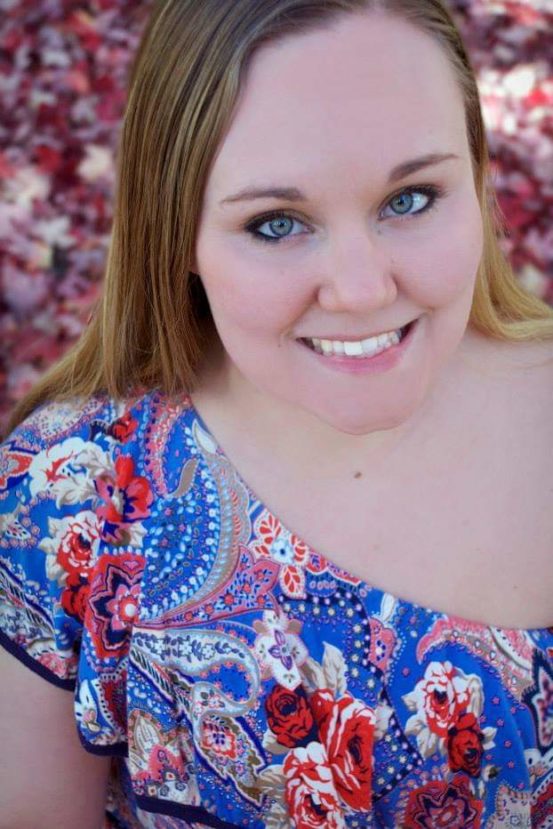
Featuring The Rose’s Resident Stage Manager, Lisa Krabbenhoft
Lisa Krabbenhoft is The Rose Theater’s Resident Stage Manager, which means she works full-time to ensure all of our productions go as planned! Below you will find the steps Lisa takes to manage a show efficiently. We hope this gives you a glimpse of the process of working on the production side of theater!
Before Rehearsals Begin:
- Read the script.
- Look at props list and see if something is missing that might be needed. Create a rehearsal props list to go over with the director.
- Get your binder set up. This is the most important item to a stage manager. It has a lot of information you need throughout the show process.
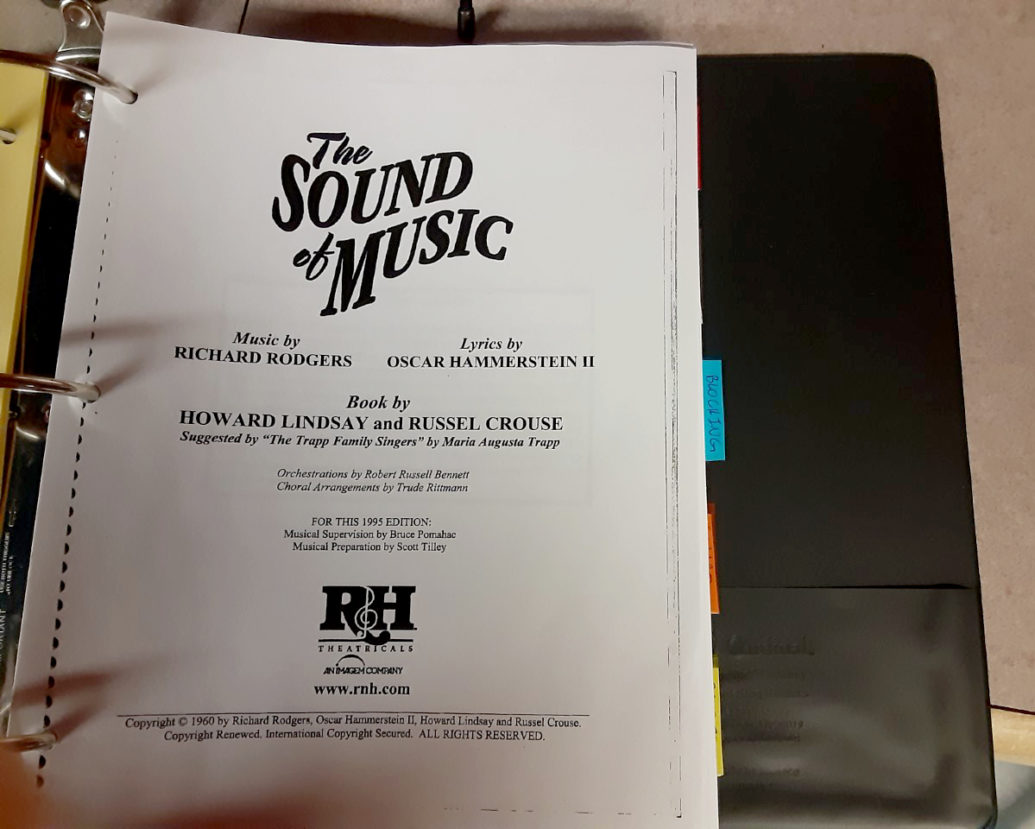
- Meet with the technical director to go over the ground plan and if there are any odd set pieces that have different movements. These items vary show to show. Sometimes you have to drop clothes, sometimes the trap door is used. It depends on what the design calls for.
- Meet with the director of the show to go over expectations, first rehearsal, rehearsal props, rehearsal costumes (if needed not all shows need rehearsal costumes), character break down, deadlines for conflicts, and any other items the director might have questions about. It varies with each director.
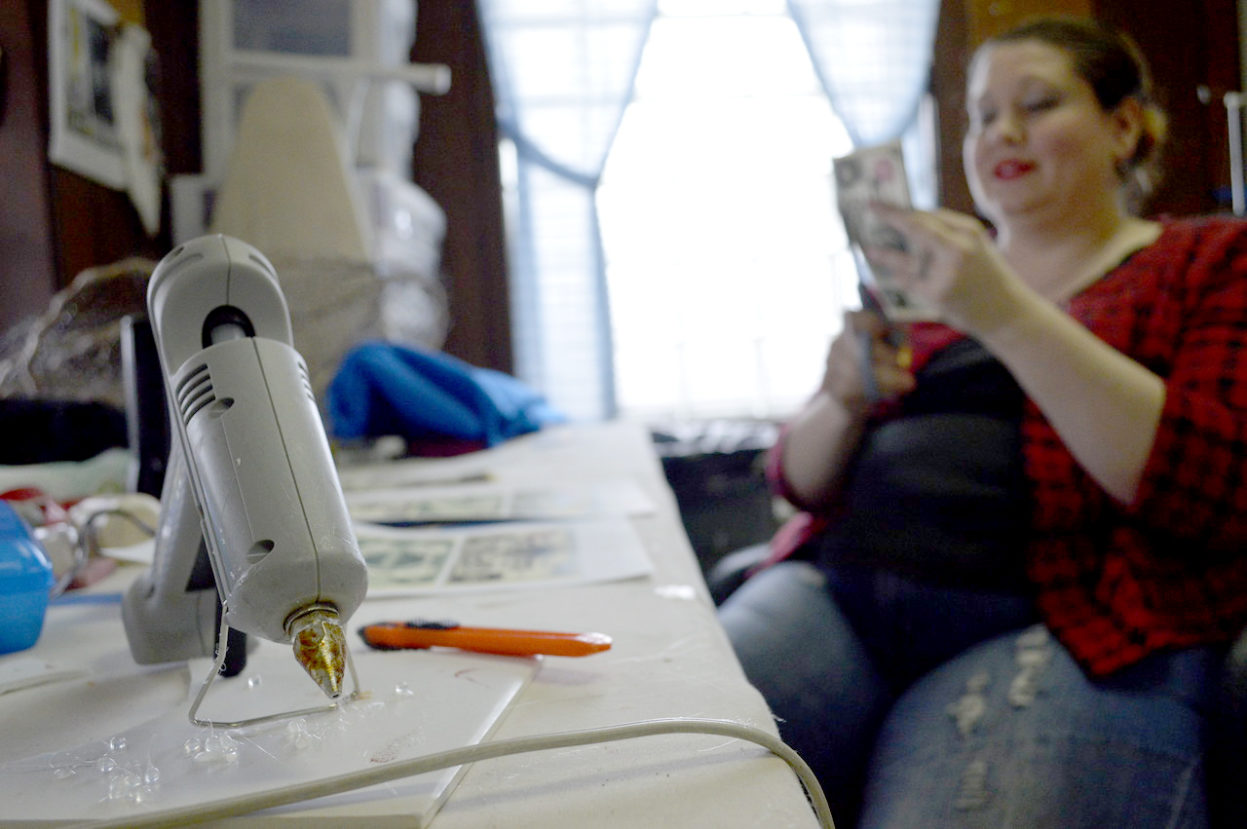
- Once rehearsal props have been set get a hold of the props master to schedule a time to pull props and to pick them up.
- In the rehearsal space you will tape out the ground plan on the floor for the actors to refer to so they know locations of scenery and fly rail (scenery that flies on and off stage) items.
- Talk with costumes to see who all need measurements taken the first day of rehearsal.
- E-mail the cast welcoming them to the production with information about our production (i.e bios, headshots, conflicts, ticket information, rehearsal information, schedule, scripts).

- Create templates and paperwork for your production. (crew run sheets, rehearsal/performance calendar, fly rail plot, check-in sheets, report template, Q&A/autograph break down, print scripts for cast members who request them).
- When receiving information from cast about bio/headshots send them to marketing. When getting conflicts put them in calendar so you can get them to the director before rehearsal.
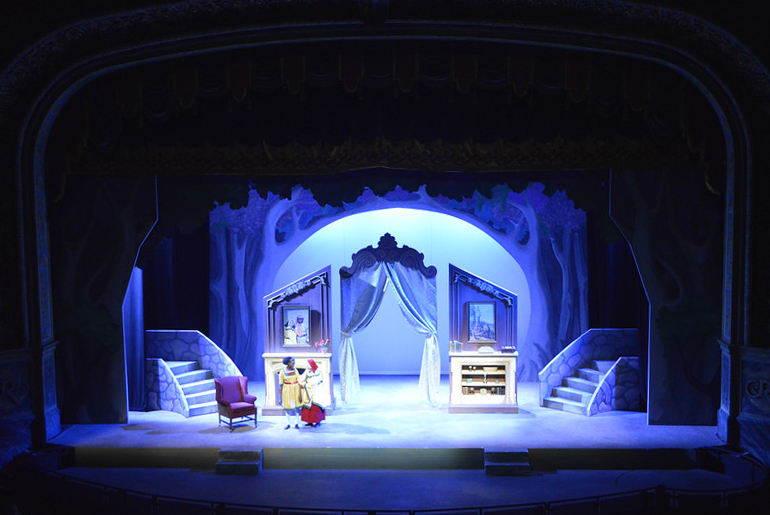
During Rehearsal
- Send out a daily call before the first rehearsal.
- Have a welcome meeting with entire cast and parents if kids are in the cast and give them any information they might need at this time (comp tickets, phone numbers, expectations, talk about the set).
- Take all blocking/choreography notes for the production in the script.
- When we have choreography when we get done with a number or close to end of the day record the choreographed number and distribute it to the cast and designers so the cast can review and the designers can see what the cast is doing during this time.
- Throughout the rehearsal take any notes in a rehearsal report that are specific for the designers from the director or just to inform them of information. Before sending out this information talk with the director to make sure you didn’t miss anything from their notes. Then distribute it to the designers in an e-mail so they are aware of the information daily.
- At the end of each rehearsal talk with the director about the nexts day schedule and call the cast who is needed the next day and what we are going over.
- Throughout the rehearsal process you will coordinate with the costume designer when they want to see people for fittings and schedule them with the cast.
- Keep up to date paperwork as the show is getting blocked or finished blocking.
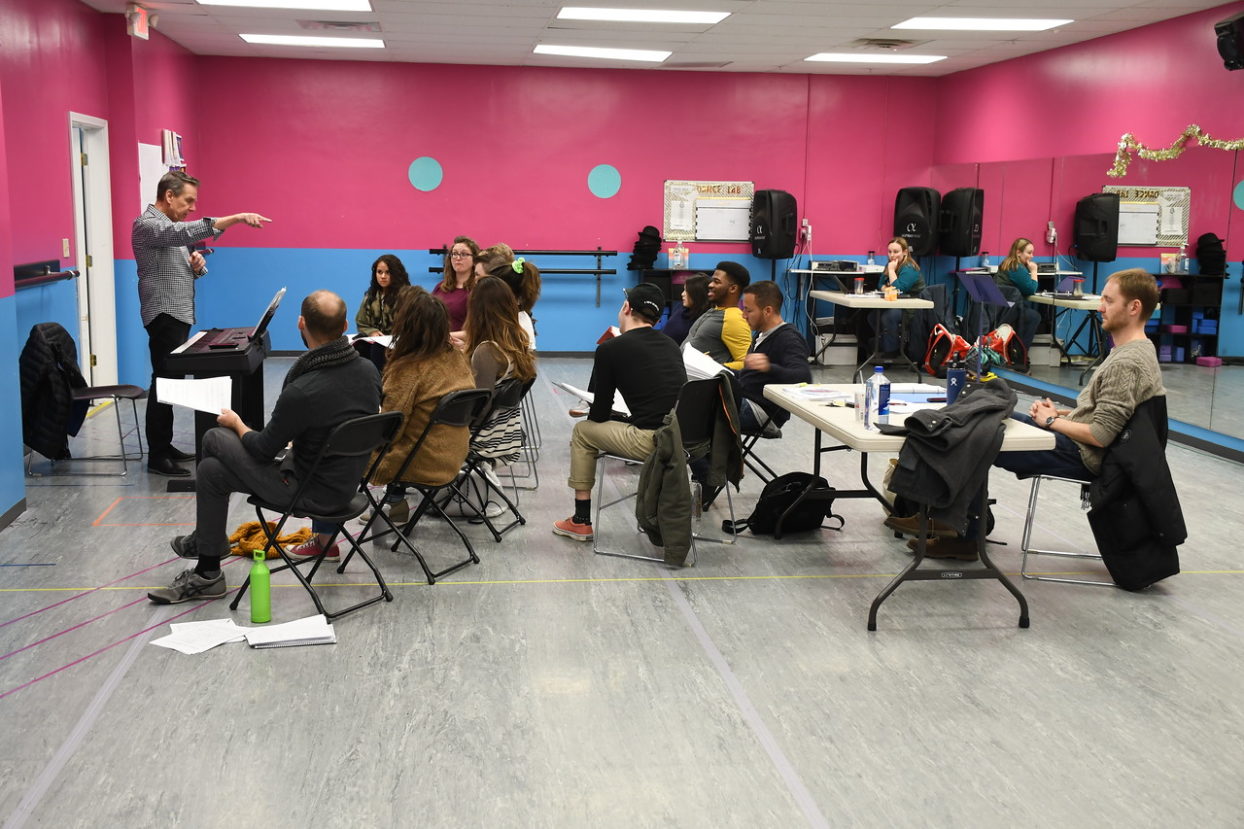
- Work on a Show control plot for the sound engineer to help program audio cues and sound cues. This is typically done once blocking is set and done. You will also coordinate with the Sound Engineer to figure out what channel assignments are.
- Towards the end of rehearsal before tech the light, sound, projections (depending on production) will come in and watch a run of the show. The SM records the show for the designers and distributes it to them so they can reference it while they are programming lights, sounds, projections.
- A couple days after designer run we have a paper tech where lights, sound, projections (depending on production), and director all get together and I put all of their cues they give me into a calling script (this is what I call the show from).

- Leading up to spacing rehearsal finish up any paper work that is needed for the show (fly rail plot, crew run sheet).
- Spacing rehearsal is a time where we practice transitions for the show, run the choreography and space it out properly, and if time just run thru the show to see where we might have difficulty with sight lines. Usually after this you will have finalized spike mark colors to put into your paperwork for the crew.
Tech and Dress Rehearsal
- Tech Saturday is the day when we add in all the lights, sounds, projections, scenery.
- You will start with a mic check so the sound engineer can get a base EQ set for each cast member.
- Once mic check is done you start running the show from the top by calling the show (calling is the term we use when we have to tell lights, projections, sound, crew to either have lights, projections, sound change and crew to have certain scenery pieces move).
- While running the show if I miss any cues, designers need to look at something or a shift was difficult we hold and go back and run that transition, light cue/cues, projection cue/cues to get them right or close to right. If a designer needs to adjust something we will also hold so that lights, sound, projections or scenery can be adjust where needed. Depending on the show determines how long tech is. It varies show to show.
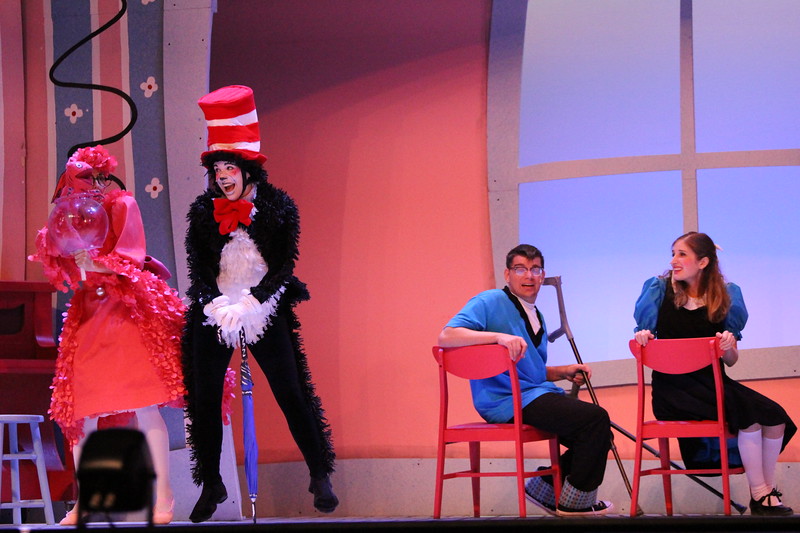
- Dress rehearsals start a day or two after tech (it depends on how the calendar lands and the production schedule). During the first hour of rehearsal the cast will meet with the costume designer to gather there costume pieces and put on the base costume and set any other costume pieces in quick change areas.
- While the cast is getting into costumes I’m working with crew to get the stage set, calling times to the cast so they are aware of how much time they have, and even working with designers to either add, subtract, or adjust cue placement.
- Once that hour is up we have a mic check and start running the show with costumes.
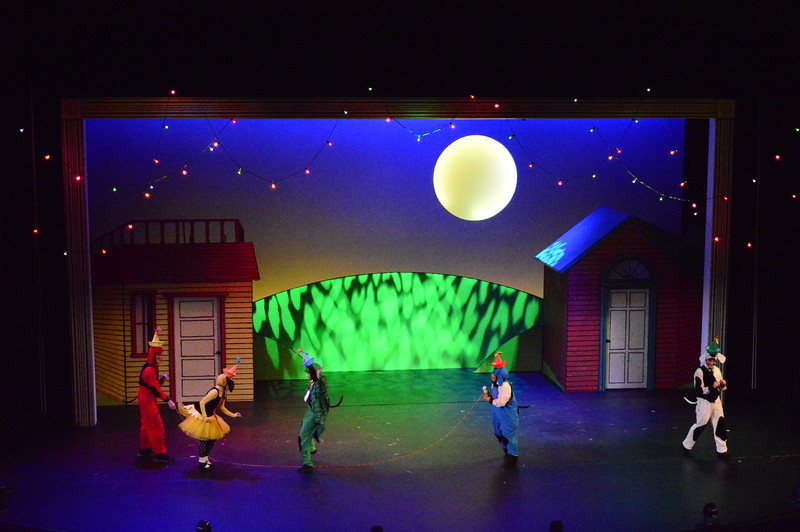
- The goal of dress rehearsal is to run the entire show with no stops. Sometimes it happens, sometimes it doesn’t.
- We typically have 3 days of dress rehearsal. Depending on if it’s day time dress rehearsal or evening dress rehearsals determines when we do notes and cleaning with the cast. If we are in daytime dress rehearsals we can work things in the afternoon or sometimes the next morning before we start the run if it’s costume related. If we have evening dress rehearsals we will work any important notes after mic check before we start the run.
- If it’s a musical first dress is when we also have the orchestra join us.
- Sometime during the week of dress rehearsal once the light and projection designer are happy with cues and placements we do a thing called integration. During this time is when we put the lights and projections into a program called QLab where all of the audio and sound cues are already located. Once we are open this is the program I use to call the show and make sure everything in operating.
Opening Night and Public Performances
- Preview/Opening is when we have the full production ready to share with you our audience!
- Every day I check all the lights to make sure they are still focused and turning on. If they aren’t turning on I have a magic sheet that the light designer gives to me to reference what type of light it it, where it is located, what dimmer its plugged into and what type of lamp is needed. I will normally change out the lamps and make the light supervisor aware of it going out. If it’s something a little bigger then that I would get ahold of the light supervisor and they will either talk me thru how to fix it or come in and look at it themselves. It just depends on the situation.
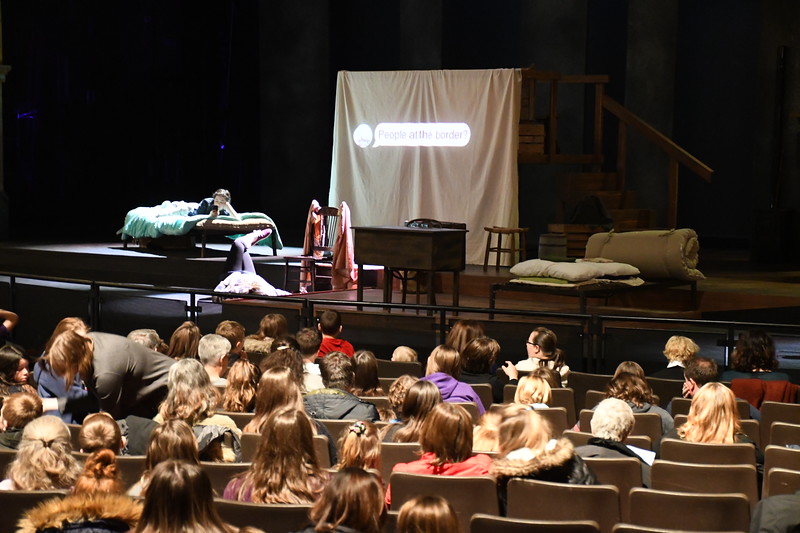
- Once I check lights if we use projections I will turn on the projector and the computer and it’s operating system to make sure everything is still operating.
- Also during the time I turn on the sound board and the QLab computer and make sure everything is still operational with sound and that the audio cues are taking from QLab.
- Crew will come in 30 minute prior to actor call and start sweeping, mopping, presetting scenery pieces.
- Once these things are all checked individually I will run QLab in show condition and make sure that the lights, sound, audio and projections are all being fired from that one program. Now if something weird is happening I check all the connections to that computer and the boards to make sure nothing came unplugged. Also, if it is something beyond me I will talk with the sound engineer to get some help. Because two heads are better than one.
- Once these checks are all done I will look and see if I had any notes from the day before to address with the cast and check to see who is on Q&A/Autographs. Then Help the sound engineer get batteries in mics and turn them on.
- Once mics are ready I radio up to the cast that mics are ready and we are a certain amount of time away from mic check.
- Mic check happens 5 minutes after actors call time. Once mic check happens I address any notes and work anything with the actors if need be.
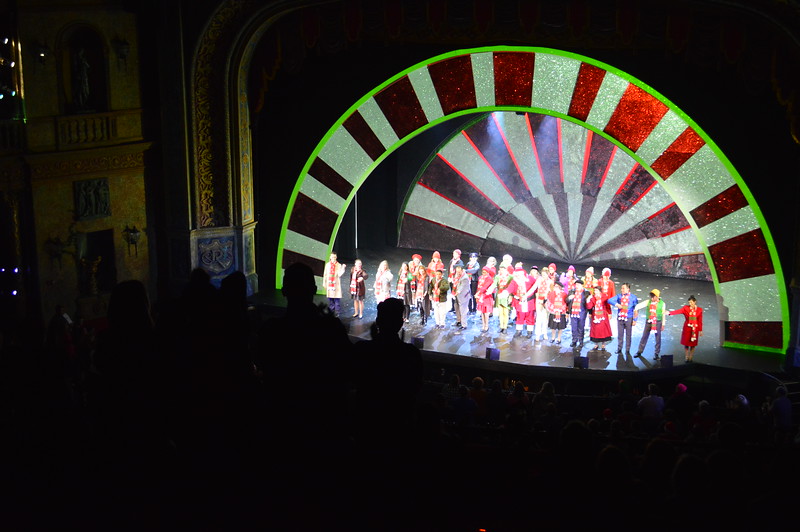
- Once the cast is released from mic check/notes the crew finishes setting up the stage with any items that might need adjusting.
- Once the set is set, we are in the proper opening look cues and everyone is cleared from the stage. I call to the cast saying that house is open, stage is closed and if they have to get over to stage right they will need to use the crossover and we are 30 minutes from top of show. Then during pre-show I give the cast a 20 minute, 10 minute, places call.
- Once the cast is aware the house is open I call to box office and release the house to them. After I give places call I coordinate with my House Manager and see if I can start the show on time.
- Once I get the ok from box office I also check in with crew to see if I have everyone in there places spot.
- Then when we hit our start time I will start the show and run it as rehearsed for the audience.
- Once the show is done Actors will either go to Autographs, help with Q&A or get out of costume, return mics and go home.
- Once all of these items are complete I will shut down everything, send out a performance report with any notes that the designers would need to know, and go home.
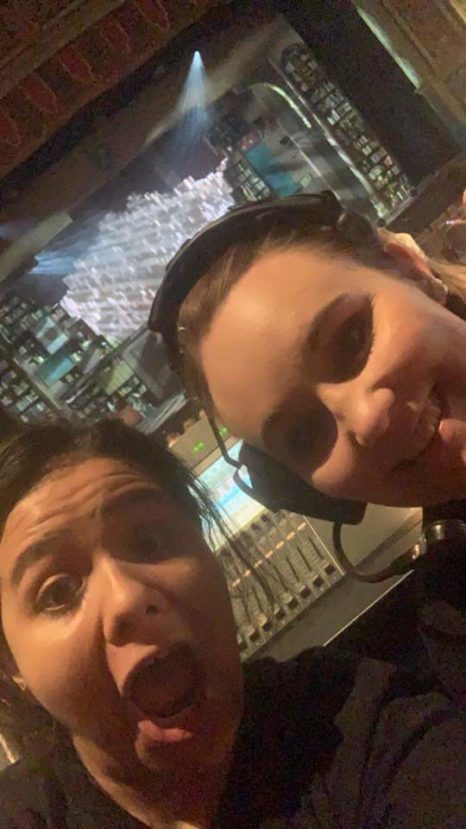
Thank you for sharing your process with us, Lisa!
Follow us on our social media accounts:
Facebook –https://www.facebook.com/therosetheater/
Twitter – https://twitter.com/RoseTheaterCo
Instagram – @the_rose_theater